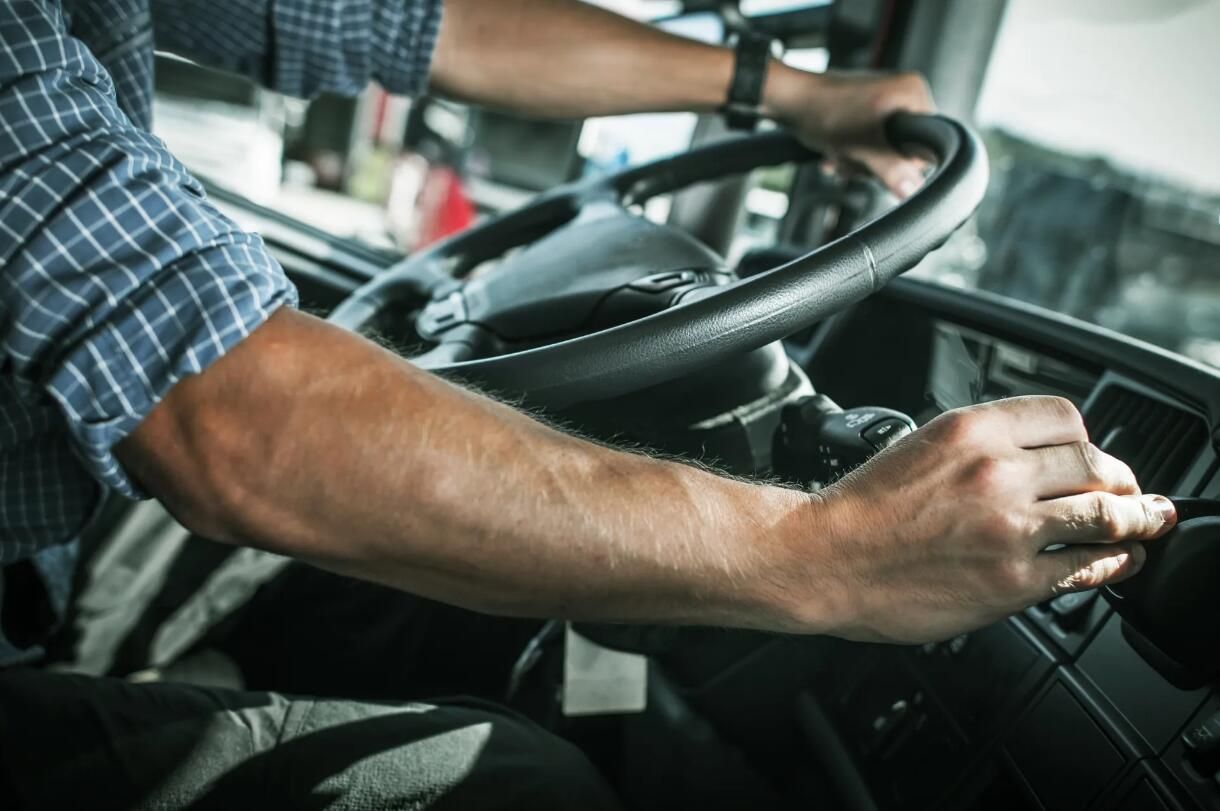What are the Responsibilities and Obligations for Drivers under the Heavy Vehicle National Law and Chain of Responsibility?

Fatigue
Under fatigue management laws - a driver must not drive a fatigue-regulated heavy vehicle on a road while impaired by fatigue or in breach of work and rest hour requirements. Outlined below are some of the top fatigue-regulated requirements:
- As a driver of a heavy vehicle you need to ensure you are fit for duty for each shift. This means you have had sufficient rest, so you are not fatigued and you are not under the influence of drugs or alcohol. You need to recognise the signs of fatigue. If you feel fatigued you should not drive and stop driving, have a rest break and notify your supervisor or scheduler you are fatigued.
- You need to comply with the maximum work hour and minimum rest hour requirements as set out in the legislation. If issues such as delays prevent you from complying, discuss this with your supervisor or scheduler immediately.
- Fatigue Record Keeping - Under the Heavy Vehicle National Law as a driver you must provide your Record Keeper with the yellow copy of your Work Diary sheet within 21 days of its creation.
Speed
Under speed management laws a driver must not drive at a speed over the speed limit applying to the driver for the length of road where the driver is driving:
- You must obey all speed limits, follow all road rules and drive to suit the weather, traffic and road conditions.
- You must not adjust or tamper with speed limiters. This is a serious offence. If you are concerned the speed limiter in your vehicle is not working correctly notify management immediately so it can be rectified.
- If you have concerns about the time allowed for trips or delivery schedules talk to your supervisor or scheduler so you do not feel pressured to meet the delivery schedules.
Load Restraint
As a driver the things you should be doing to ensure you comply with the Load Restraint requirements are:
- Ensure the packaging on the goods loaded on your vehicle to be transported are in good condition. If not, you should refuse to transport the load until it has been rectified by the loading staff.
- You need to eliminate low and very low friction situations in the load by placing it on timber or rubber and follow the correct dunnage practices.
- You need to eliminate gaps in the load and wherever possible block that load against a rated headboard.
- You need to use the correct number of restraints as per the NTC Load Restraint Guide or certified load restraint system.
Mass and Dimension
Under no circumstances a heavy vehicle should exceed its vehicle mass and dimension limits and as a heavy vehicle driver this means you need to:
- Select the right vehicle or combination for the load. For example: ensuring adequate load carrying capacity, and avoiding excessive overhang.
- You need to ensure that you know the mass and dimension limits of your heavy vehicle or combination. If you don’t know, you need to find out checking with the supervisor.
- You need to review the load documentation, such as dispatch dockets or manifests prior to loading and ensure that the load doesn’t exceed your allowable limits.
- You need to position the load so it does not cause overloading of an axle group. Wherever possible check actual weights and dimensions using weighbridges or tape measures. Where overloads or other breaches are identified you need to readjust your load before proceeding.
- You need to obtain the required documentation such as permits and container weight declarations prior to commencing the journey and carry these with you.
- You need to ensure Oversize Overmass loads comply with notices and permits.
- When out on the road you need to remain vigilant and adhere to road warning signs such as restricted roads, tunnels and bridges with a load clearance.
Heavy Vehicle Safety and Roadworthiness
If you are an owner driver and purchasing a heavy vehicle, you need to ensure it complies with Australian Design Rules and all vehicles need to be registered.
- You need to ensure vehicles are serviced as a minimum as per the manufacturer’s recommendations. However, services may need to be more frequent depending on operating conditions, for example, frequent operation on unsealed roads. You should know when your vehicle had its last service or when it is due for the next service.
- All maintenance and repairs should be carried out by a person with appropriate skills, experience and qualifications.
- You need to conduct a daily visual pre-start safety check to detect problems with critical safety components. If you identify a vehicle is unsafe or defective during your pre- start or any stage during your shift you need to notify your mechanic as soon as possible to get it rectified.
Zenergy eLearning Program – Chain of Responsibility (CoR) for HV Drivers
Zenergy has a range of Chain of Responsibility (CoR) eLearning training topics including Heavy Vehicle National Law and Chain of Responsibility (CoR) for Drivers. This course is designed for heavy Vehicle Drivers and introduces the requirements of the Heavy Vehicle National Law (HVNL) and Chain of Responsibility and how it relates to you as a heavy vehicle driver.
Click on the following link to review further course details:
https://whs.talentlms.com/catalog/info/id:133
Zenergy – Heavy Vehicle National Law and Chain of Responsibility (CoR)
Zenergy experienced consultants can assist in the development of CoR Transport Safety Management System (TSMS) documentation and conducting independent audits of your Management System documentation for management of transport safety including Chain of Responsibility (CoR) provision to ensure meets their responsibilities under the Heavy Vehicle National Law (HVNL).
For more information on our services feel free to email us at
info@zenergygroup.com.au or call
1300 333 400.






